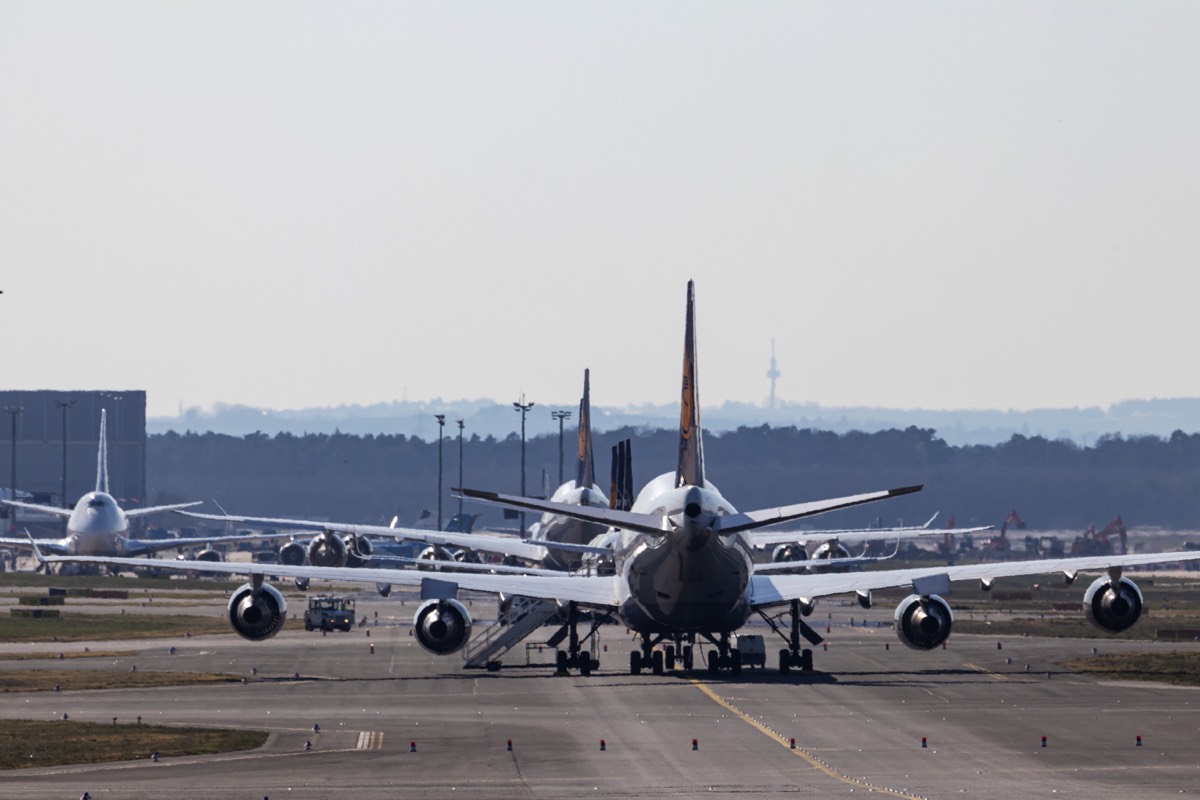
A Flight Plan for the COVID Recovery
14.09.2020 Filed in: Aerospace
The industry we love is hurting. Not long ago, airports were packed, airplanes were full, and a record number of passenger miles were logged. Commercial air transport was not just strong, it was thriving. At its peak, our sector supports 65.5 million jobs and $2.7 trillion in global economic activity. But in the COVID-19 pandemic, commercial traffic has been down as much as 90%. With regions around the world in varying stages of recovery—and some still regressing—stops and starts to overall air travel are to be expected.
The reality is that this recovery will take years, not months. The pandemic is affecting the world’s health and the global economy—and these two things are inextricably linked. The actions commercial aviation is taking right now will determine how strong it will be when this pandemic is behind us. I am encouraged because companies across our in- dustry are shifting from being competitors and cus- tomers to becoming collaborators with one shared mission. Together, we must take control of the health and safety measures we put in place in airports and on airplanes, just as we are doing in our own companies.
The commercial aviation industry needs an interassociation, interagency approach, including active participa- tion from government. This is vital, because government plays a role in the commercial aviation system, along with manufacturers, airlines and airports. A joint government/ industry-led task force will provide the momentum and expertise needed to restore confidence in air travel.
What steps are needed? To jump-start our industry, we must educate the public that safety measures are in place today. We need to create an ongoing, consistent experi- ence for those flying anywhere in the world. This can be accomplished by layering in additional safety measures and messaging in two phases: short term and long term.
Short Term. It is vital to bolster passenger confidence by telling travelers what to expect at the airport and in the air. We may know the measures in place, but we need to tell those who are ready to fly—and keep telling them. At many airports, biometric systems enable faster, touchless screening and check-in. Physical distancing is enforced in lines and waiting areas with signs, floor markers and barriers. Everyone can now take up to 12 oz. of hand sanitizer through TSA security check- points to stay vigilant with hand hygiene.
On airplanes, HEPA air filtration systems remove 99.99% of particles, including viruses. Many airlines are sanitizing before, during and after every flight and mandating face coverings for crew and passengers.
We must also drive a consistent passenger experience. The confidence this information can instill could be shaken if flyers don’t see similar technologies and procedures when traveling through major airports and with different airlines. As an industry, we determine what we do in airports and on airplanes, and together we can define and implement the playbook that creates greater consistency.
Being adaptable in the short term is crucial. Once additional layers of protection are ready, such as robust testing before flights, we need to integrate those advances quickly.
Long Term. Airports, airlines, suppliers, medical experts and government agencies must unite to create a change that is experienced curb to curb—from airport arrival through boarding and the flight itself to the destination airport exit.
Redesigning terminals, increasing the use of biometrics, conducting health screenings and contact tracing, adding touch-free solutions and introducing antimicrobial surfaces and UV disinfectant systems are bold and long-lasting ideas being discussed across our industry. Bringing them to life will create a modern journey that keeps people even more protected.
And we need these systems in place while the COVID-19 vaccine is being developed—and even after it is being administered—to make commercial aviation less susceptible to a threat of this magnitude.
Changes of this scope will take time—and it won’t be the work of one person, one company or one sector of our industry. The work being done by the Aerospace Indus- tries Association and Airlines for America are great ex- amples. We must also think globally. Our collective voice and expertise will determine our destiny.
It will take all of us to keep the industry we love up and running long-term. And I believe we will do it.
Announcement from Integrity Engineering & Design Solutions
As businesses are scaling, finding the right talent to meet your needs requires frustrating onboarding logistics, countless hours of training, and increased overhead through employee compensation. Integrity-EDS, will soon be announcing the launch of our next-generation mobile and desktop platform, enabling leaders to hire on-demand talent for as long or as short as necessary. In turn, teams can achieve maximum efficiency without unnecessary downtime, skill development, or overhead.
Interested in learning more?
Click on "Find Out More" below for access to exclusive launch & platform information, feature updates, and beta testing opportunities,
